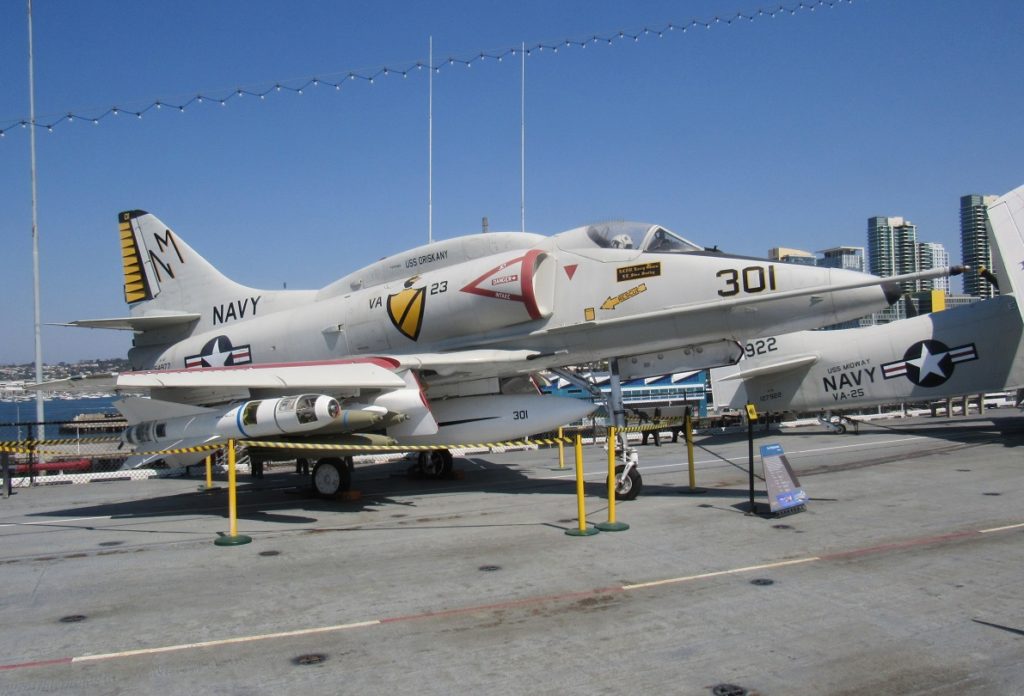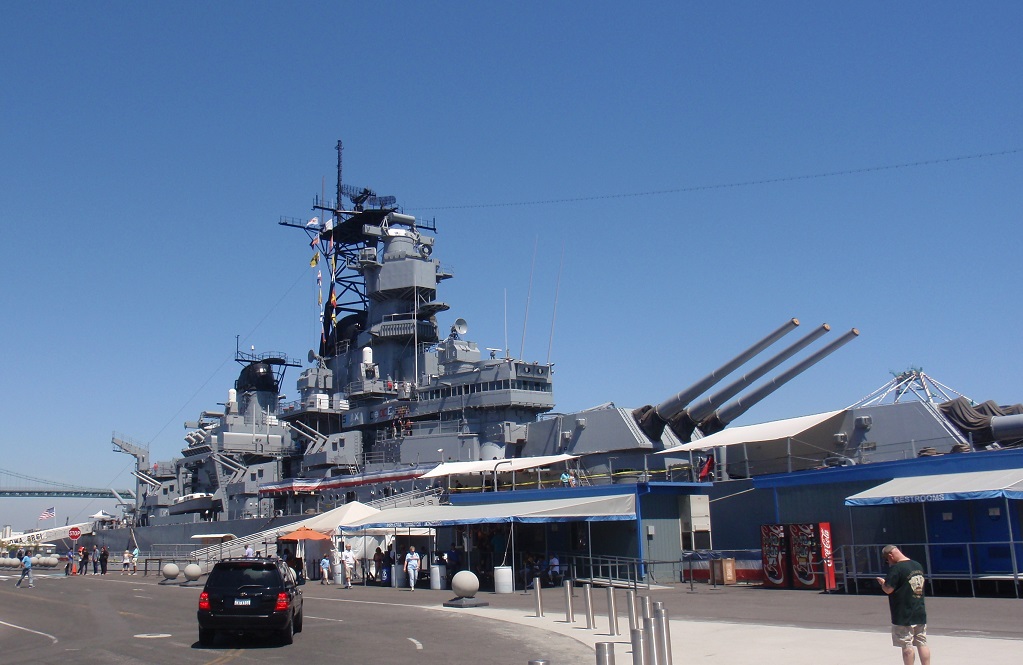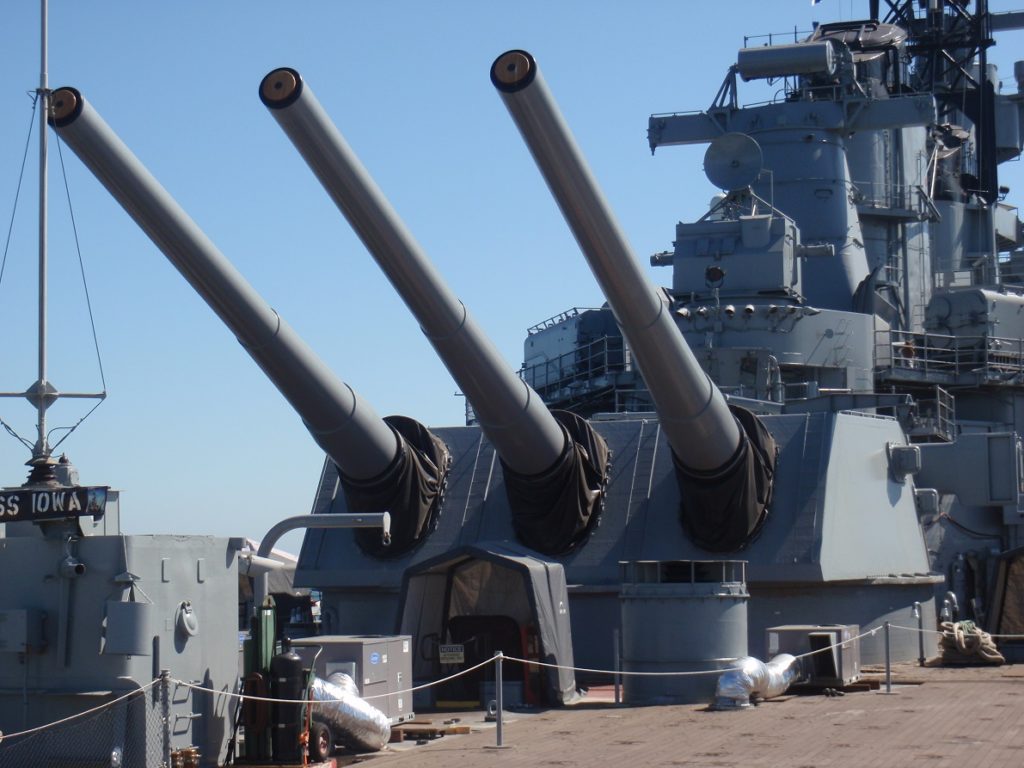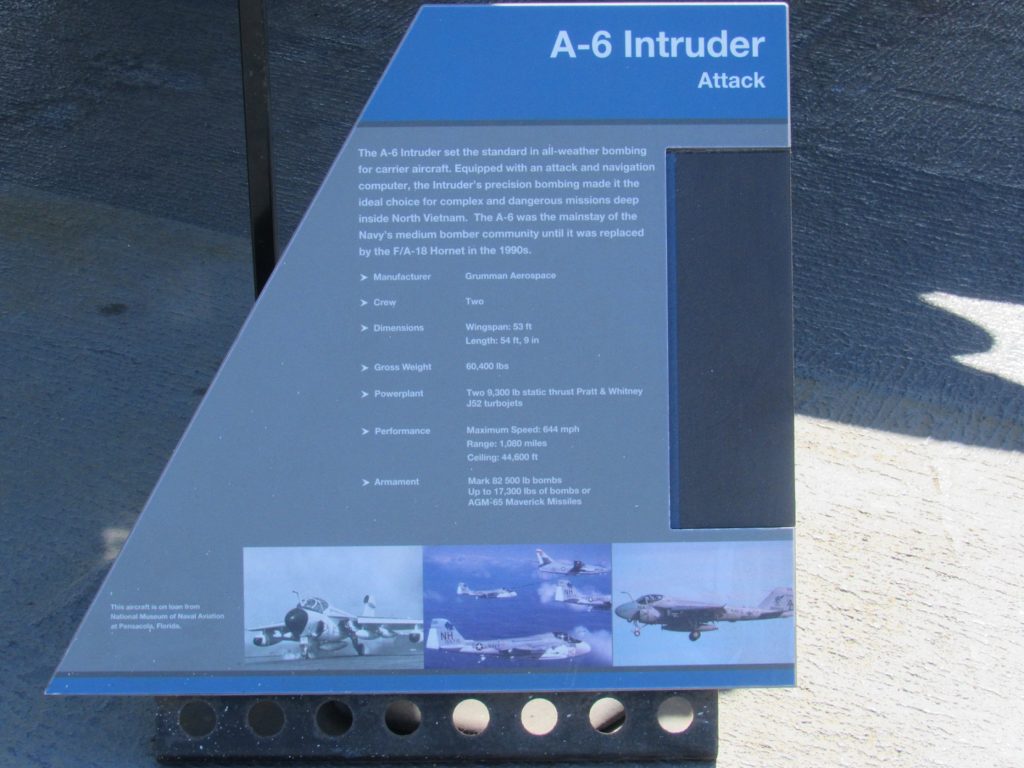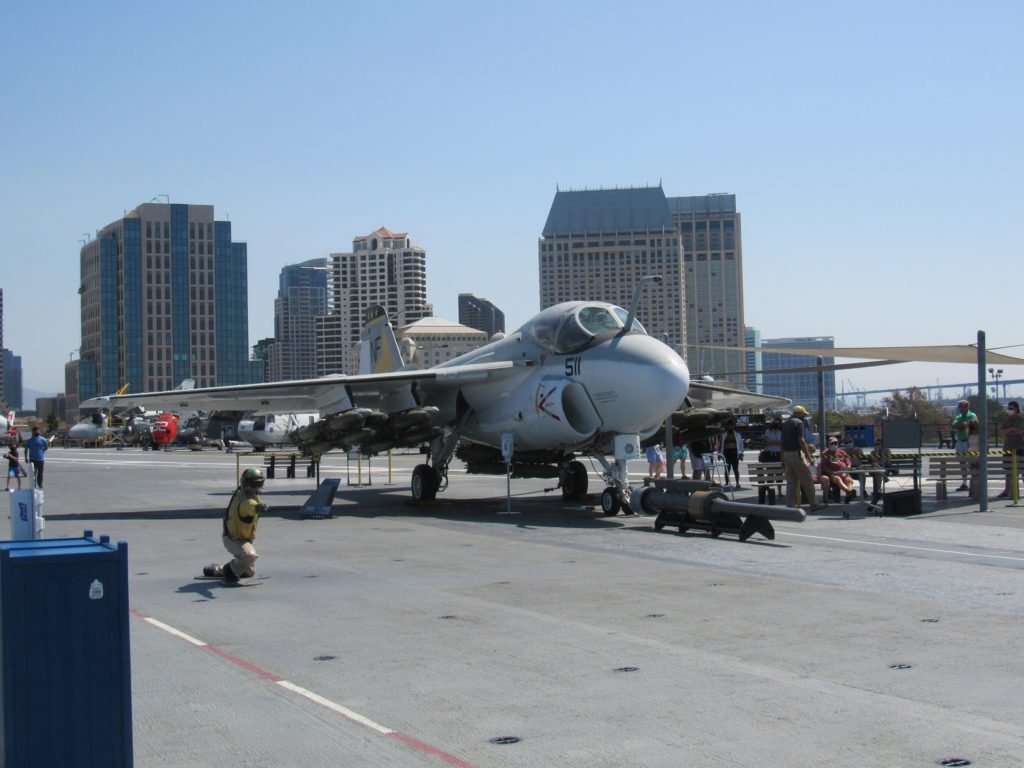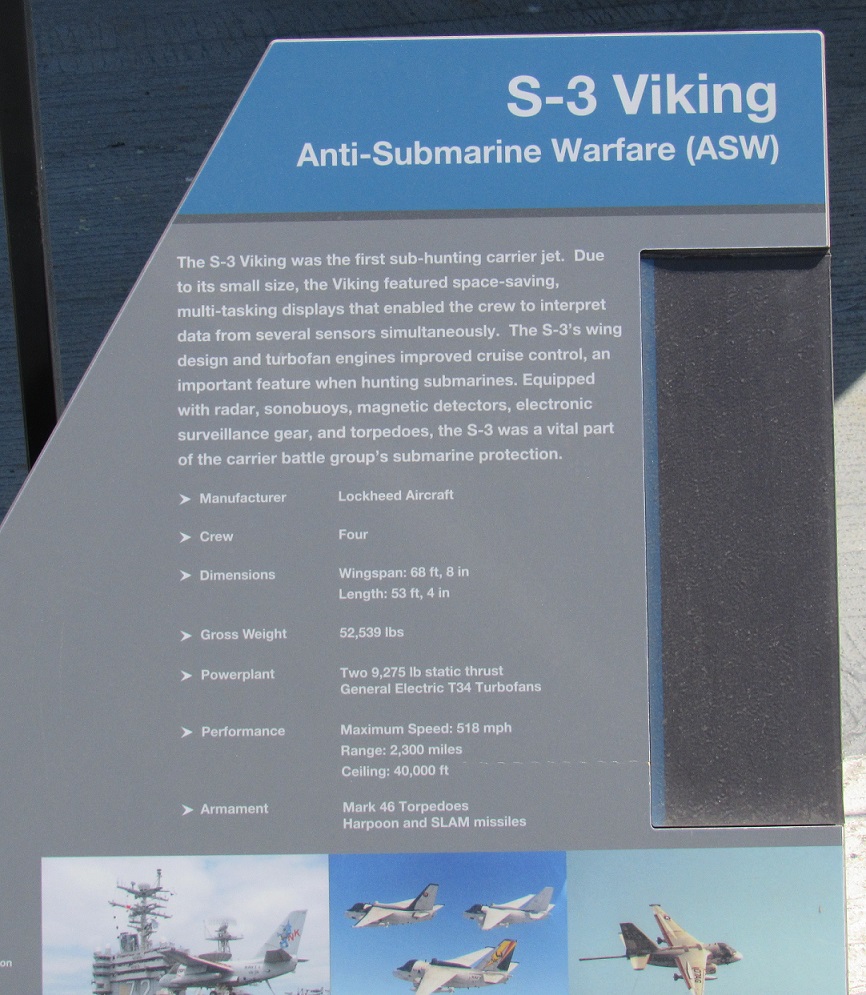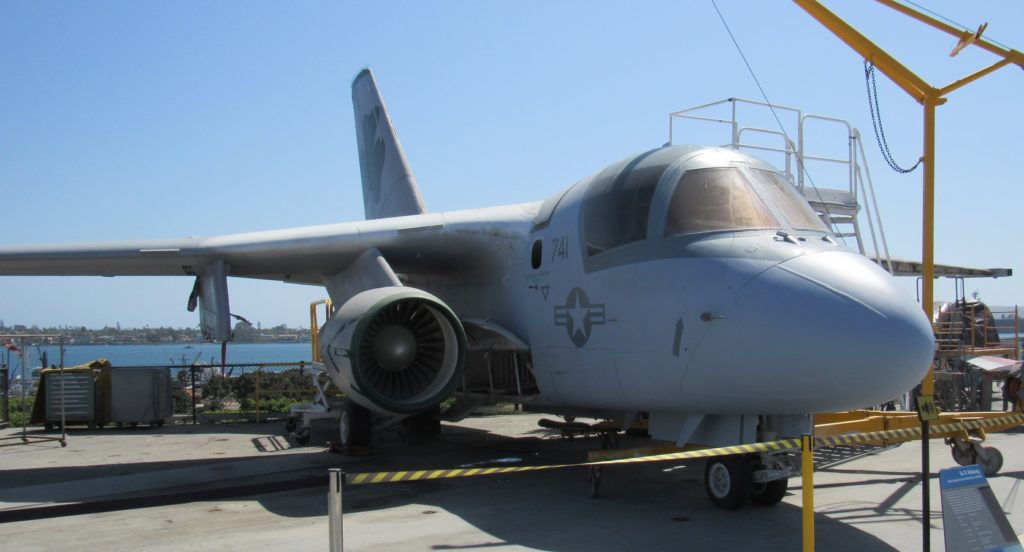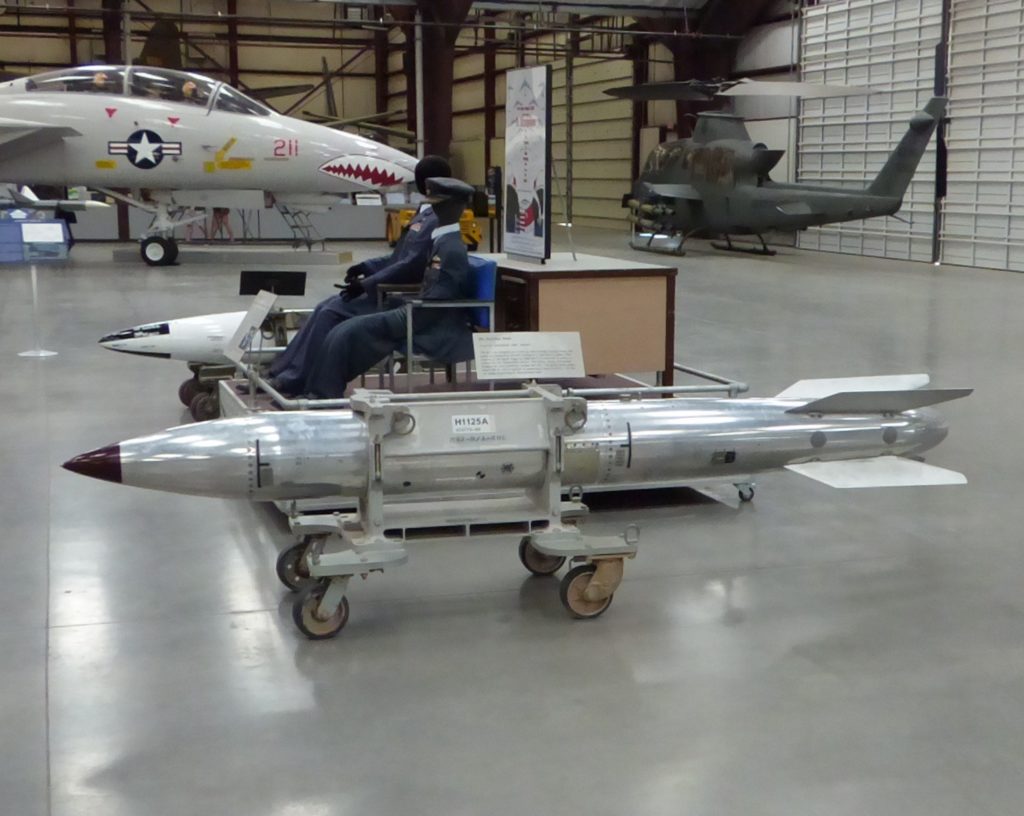
I have been aware of the US defense posture of maintaining a triad for nuclear deterrence since I was in high school. Since way back then I’ve known the Navy had lots of nuclear weapons on SLBMs under the water.
Only recently have I learned there were a massive number of other nukes in the Navy in the tactical size.
Previous two posts have discussed the nuclear warfighting capabilities of U.S. Navy. Did some more poking around and found that there is actually quite a bit of material available online.
Came across one intriguing article, from Greenpeace of all people:
- 1990 – Greenpeace – Nuclear Warships and Naval Nuclear Weapons 1990: A Complete Inventory.
Article goes into great detail on US capabilities (45 pages), Soviet Union (26 pages), England (11 pages), France (6 pages), and China (2 pages).
Articles written in 1990, which is a useful framework for reference for several reasons.
First, that is about a year before the United States decided (as directed by President Bush) to offload all nonstrategic nuclear weapons from U.S. naval ships. Second, that is a few years after I was on active duty so corresponds relatively close to what was going on my experiences. Third, this corresponds closely to the aircraft on the deck of the U.S.S. Midway Museum, so I have decent pictures to go along as illustrations.
I’ll describe a number of interesting tidbits I found in the article.
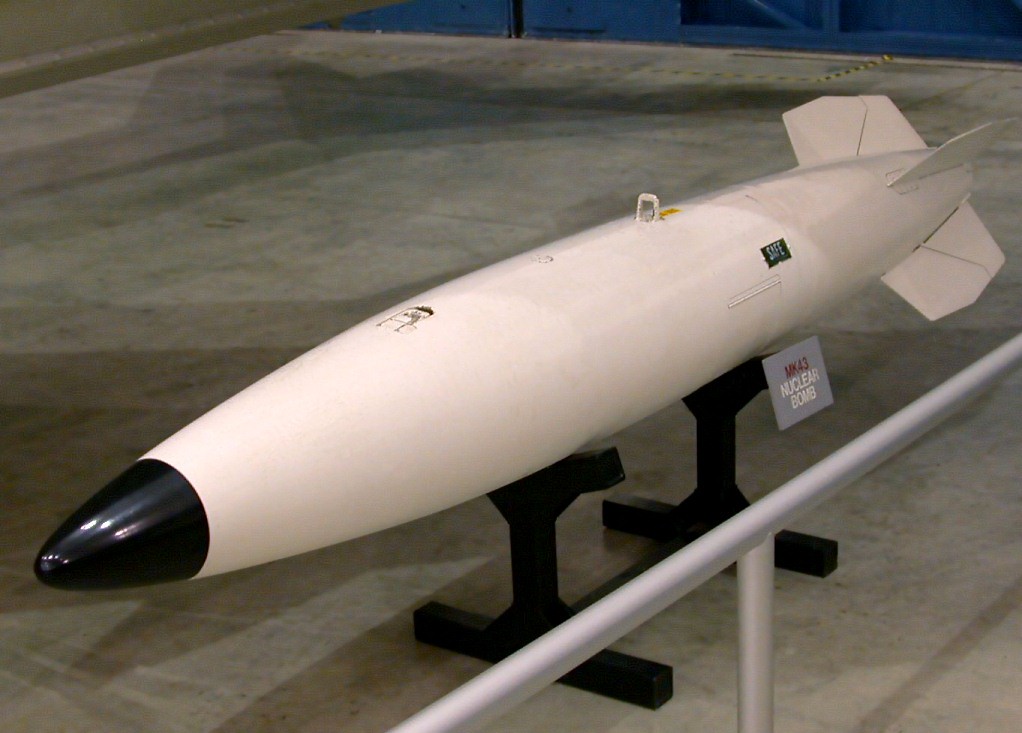
By the way, since I’m talking about nukes, please know I’ve long since forgotten anything I ever knew so today I don’t know nothin’ about nothin’ except what I read in non-government or declassified public documents. Just so you know.
Aircraft carriers
U.S. carriers at the time typically had the following aircraft on board (with a few additional types):
- F/A-18 Hornet – fighter and attack
- F-14 Tomcat – fighter
- A-6E Intruder – attack
- A-7E Corsair – attack (only type the Midway Museum does not have in their inventory)
- S-3A/B Viking – antisubmarine jet
- SH-3D/H Sea King – antisubmarine helicopter
- SH-60F Seahawk – antisubmarine helicopter
- EA-6B Prowler – electronic warfare
- E-2C Hawkeye – airborne surveillance
The nuclear capable aircraft in 1990 were the A-6, A-7E, and F/A-18 jets for attack. For anti-submarine warfare, the S-3A/B jet and SH-3D/H helicopter were nuclear capable.
Article said aircraft carriers of the time were loaded with B43, B57, and B61 nuclear gravity bombs. For anti-sub work, the carrier had B57 nuclear depth charges.
Article says the Navy has the following nukes available for carrier-based aircraft:
- 1,350 – B43, B57, and B61 gravity bombs
- 50 – B57 nuclear depth charges
- 1,400 – total nuclear weapons
As I have mentioned before, this article also said the general understanding is a carriers had about 100 nukes on board. Amusingly the vagueness used in describing the loadout is to say the carriers “are thought” to carry 100 nukes.
Typical carrier battle group when deployed at the time would include one carrier, one or two cruisers, two or three destroyers, between one and three attack subs, plus ancillary support ships.
Land-based P-3 Orion turboprops were also nuclear capable. Those long-distance aircraft are used for antisubmarine operations.
Attack submarines
Attack subs in 1990 could carry Tomahawk cruise missiles with nuclear weapons. Previously they also carried SUBROC antisubmarine rockets, which also had a nuclear load.
Interestingly, the article says the Navy calculated that the exchange ratio in event of a major shooting war between improved Los Angeles class attack subs and Soviet subs would be five or six Soviets sunk for everyone Los Angeles class lost.
Battleships
In 1990 the U.S. had four battleships (Iowa, New Jersey, Missouri, Wisconsin), all of which were nuclear capable.
They were each capable of being loaded with 32 Tomahawks configured in eight launchers with four missiles each. Article says it “is generally believed” that about 16 were anti-ship, about 8 were conventionally armed for land attack, and 8 had a nuclear warhead.
You gotta’ love that “generally believed”, but then unclassified comments from people who don’t have any access to classified info is actually something we can talk about.
Article does not speculate the warhead for the nukes.
Cruisers
Sixteen of the 43 cruisers were nuclear capable. Current load was only the Tomahawk SLCM. Last of the nuclear ASROC and Terriers were retired in 1988.
Destroyers
Sixteen of 59 destroyers are nuclear capable, carrying the Tomahawk cruise missile.
The number that are nuclear capable were expected to grow during the 1990s as additional Spruance class ships were upgraded and the new Arleigh Burke class destroyers are brought online.
Looking forward to now, the expectation was that the Burke class destroyers would be loaded with two “cells” of vertical launch system (VLS) tubes instead of the previous box of launchers. One cell of VLS will have 61 tubes and the other cell will have 29. These will have a mixture of non-nuclear ASROC anti-submarine rockets, Standard anti-air missiles, Harpoon anti-ship missiles, and nuclear Tomahawks. Expectation is of the capacity for 28 Tomahawks.
Starting in 1991, the US gradually off-loaded all nuclear weapons from surface ships.
Also of interest, the Burke class destroyers are designed for 7 pounds per square inch (PSI) of over pressure instead of 3 psi on other naval ships.
Frigates
No frigates were nuclear capable after the ASROC was retired.
Amphibious warfare ships
Article speculates that 20 out of 64 amphibious warfare ships were certified at the time for peacetime transport of nuclear weapons. All of them have the ability to transfer nukes in wartime.
There are only two categories of ships which were training at the time for transport of nukes – amphibious transfer docks and amphibious assault ships.

